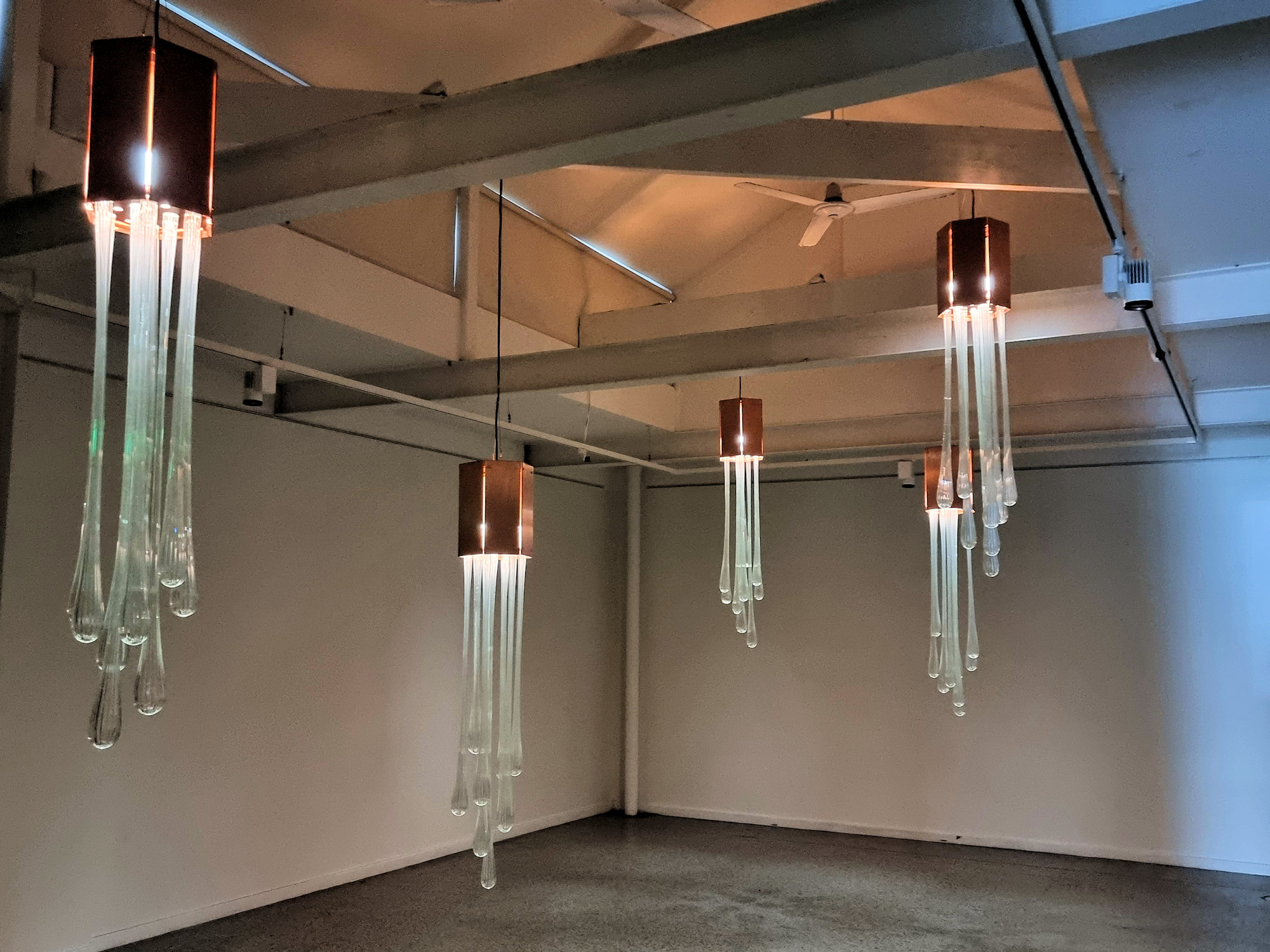Category: Hunter Valley
-
Shark and Ray Rescue Centre

Shark and Ray Rescue Centre Port Stephens Based at Bobs Farm near Port Stephens, the Shark and Ray Rescue Centre is dedicated to the rehabilitation and rehousing of sharks and rays. An association with local Professional Fishermen allows injured sharks, rays, and other marine creatures caught as a by-catch to be saved. Getting There Housed… Read more
-
The Newcastle Lock-Up 2023

The Newcastle Lock-Up 2023 On display at the Newcastle Lock-Up until 5 February 2023, “Everything was beautiful and nothing hurt” by Alex Seton was specifically made for the cells of the Lock-Up. The title of the show refers to Kurt Vonnegut’s anti-war novel “Slaughterhouse-Five” about the fire bombing of Dresden that dislocates linear time. These… Read more
-
Big Picture Festival 2022

Big Picture Festival 2022 The Big Picture Festival 2022 in Newcastle New South Wales added ten beautiful murals to the city’s streetscapes. Sponsored by the Newcastle City Council, the event continues to add to an already impressive collection of street art. The council produced a downloadable PDF with the location of the latest additions which… Read more